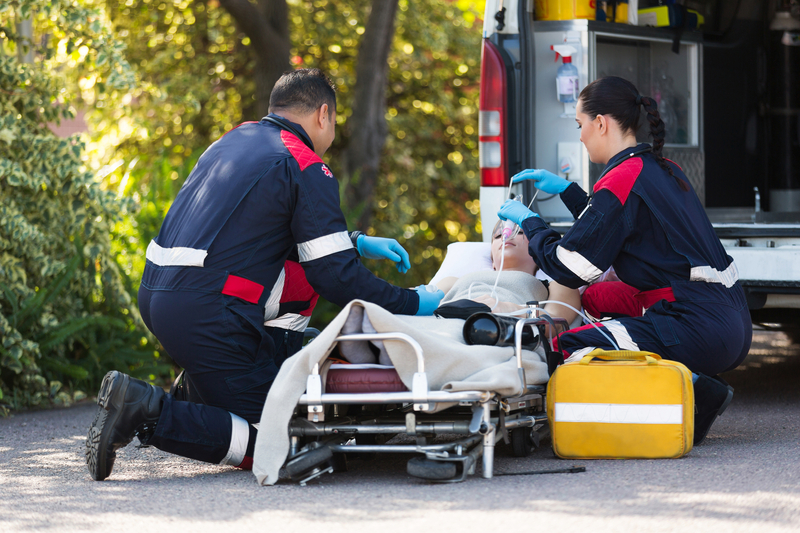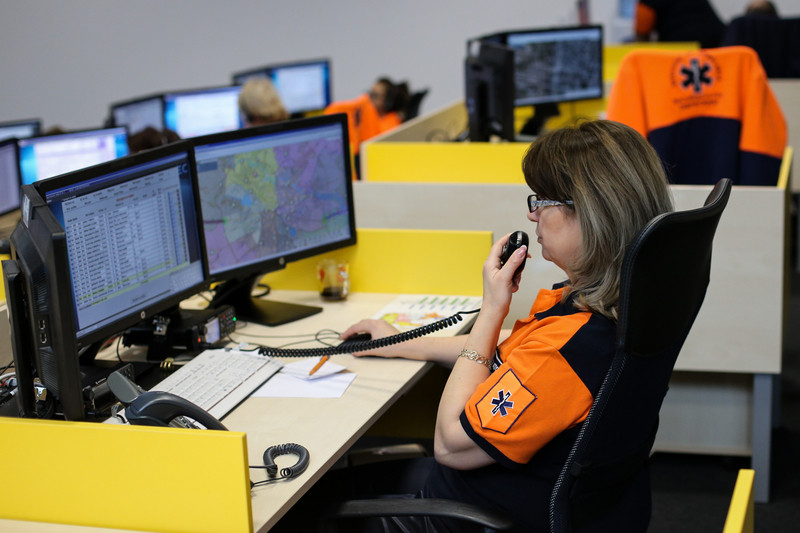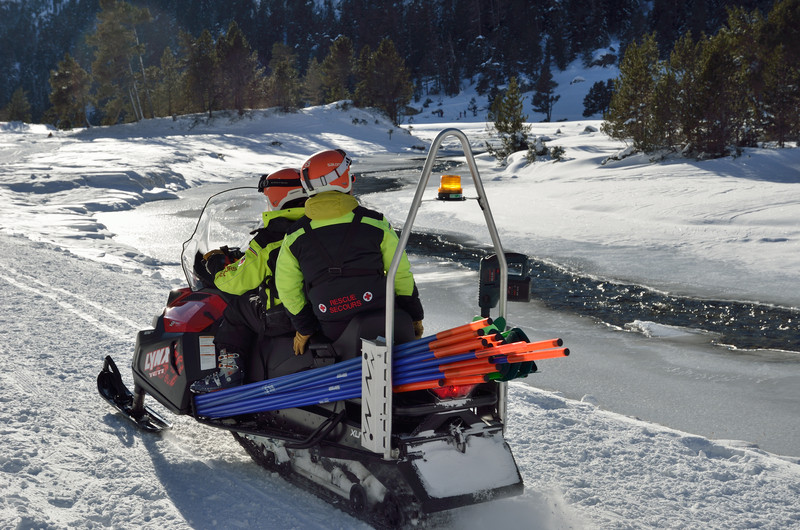We might value security and require everyone to wear seat belts, cross the road properly, and have bandages and medicine at home and work. But do we truly understand how to respond to an emergency where someone’s life is at stake? Do you know what to do when a pot of boiling water causes severe burns or someone trips and falls down the stairs, breaking an arm, leg – or even worse – a neck? This course will take you through the latest guidelines to equip you with the necessary lifesaving first aid and cardiopulmonary resuscitation (CPR) skills required for the workplace or home. We will start by going over the different aspects of CPR, its origins and its evolution. We will explain how international CPR-related regulations change worldwide and how they evolve in various directions. We will also guide you through different legislative laws that govern lay responder behaviour and response activities. You will also learn how state and local laws enacted in the United States protect lay responders.
In the next section of the course, we will dig into the complexities of crises and the various laws that govern CPR. Next, the problems of emergency circumstances are described. Discover how an emergency involves not only a physical response or physical harm but also a mental injury. Furthermore, you will learn about the various legal aspects of CPR and other legislative measures protecting lay responders. The importance of personal protective equipment (PPE) in preventing cross-contamination is also discussed. We will discuss how people in an emergency treat various types of patients and how you can recognize ventricular fibrillation and dysrhythmias using an automatic external defibrillator (AED).
Finally, we will discuss the importance of educating lay responders in providing first aid to patients. Learn about the process of providing emergency medical care for various diseases and illnesses, and discover the link between first aid and the arrival of an ambulance. We will also break down the steps for putting together a first aid pack for optimal use. Then, we will discuss the subtleties of various illnesses, such as the distinctions between physiological and respiratory choking emergencies. This will include standards for administering first assistance to people suffering from various acute and environmental ailments. Lastly, you will learn about the activities that cause muscle, ligament and tendon soft-tissue damage. We do this to help you understand the causes, symptoms and treatments for various bone and joint injuries. Enrol in this course to discover the most up-to-date skills and practises for providing lay care during times of distress.
What You Will Learn In This Free Course
- State the importance and purpose of...
- Explain the international, national...
- Identify the various groups of card...
- State the duties of responsibilitie...
- State the importance and purpose of CPR
- Explain the international, national and local laws that are applied to CPR in the USA
- Identify the various groups of cardiac emergencies
- State the duties of responsibilities given by civil and common laws
- Explain the importance of disease control, personal protective equipment (PPE) and hand hygiene
- Recognize the process of prioritizing and handling care to different classes of injuries
- Identify the situation for using an automatic external defibrillator (AED)
- Outline the concept of first aid
- Analyze the standards for first aid kits
- Describe the various types of choking emergencies
- Discuss the treatment process of sudden and environmental illness
- Identify the treatment of bone fractures and joint dislocations
View All Learning Outcomes View Less All Alison courses are free to enrol study and complete. To successfully complete this certificate course and become an Alison Graduate, you need to achieve 80% or higher in each course assessment. Once you have completed this certificate course, you have the option to acquire an official certificate, which is a great way to share your achievement with the world.
Your Alison certificate is:
- Ideal for sharing with potential employers
- Great for your CV, professional social media profiles and job applications.
- An indication of your commitment to continuously learn, upskill & achieve high results.
- An incentive for you to continue empowering yourself through lifelong learning.
Alison offers 3 types of certificates for completed certificate courses:
- Digital certificate: a downloadable certificate in PDF format immediately available to you when you complete your purchase.
- certificate: a physical version of your officially branded and security-marked certificate
All certificates are available to purchase through the Alison Shop. For more information on purchasing Alison certificate, please visit our FAQs. If you decide not to purchase your Alison certificate, you can still demonstrate your achievement by sharing your Learner Record or Learner Achievement Verification, both of which are accessible from your Account Settings.



























 CPD Accredited
CPD Accredited
 Knowledge & Skills You Will Learn
Knowledge & Skills You Will Learn
 $35,426
$35,426








